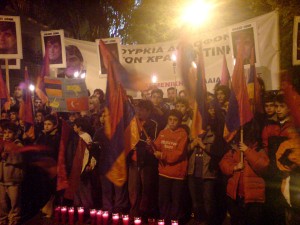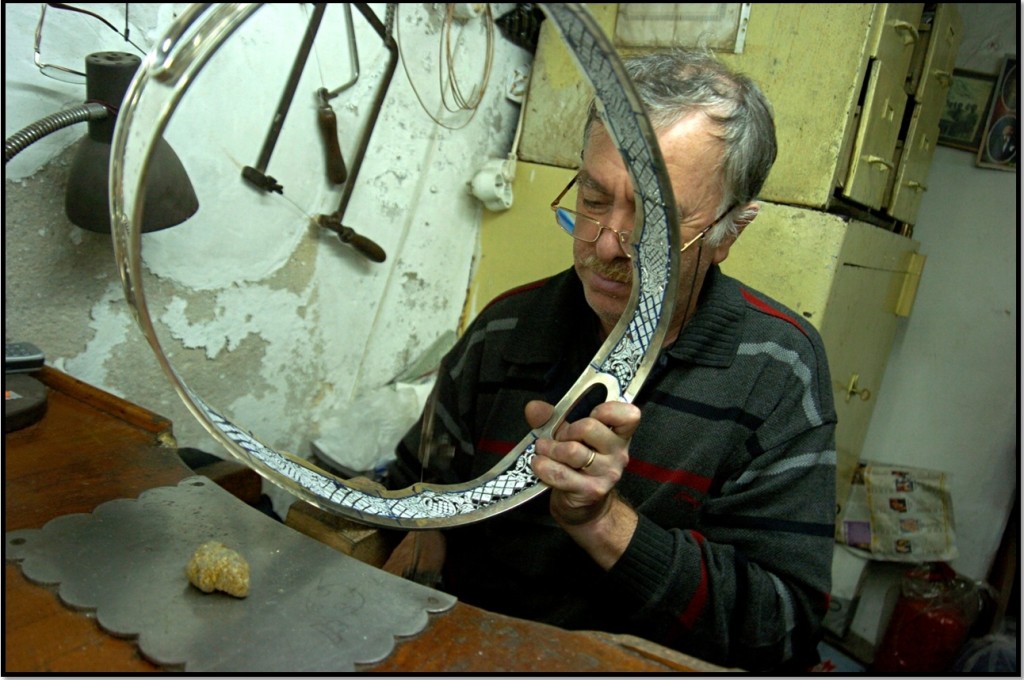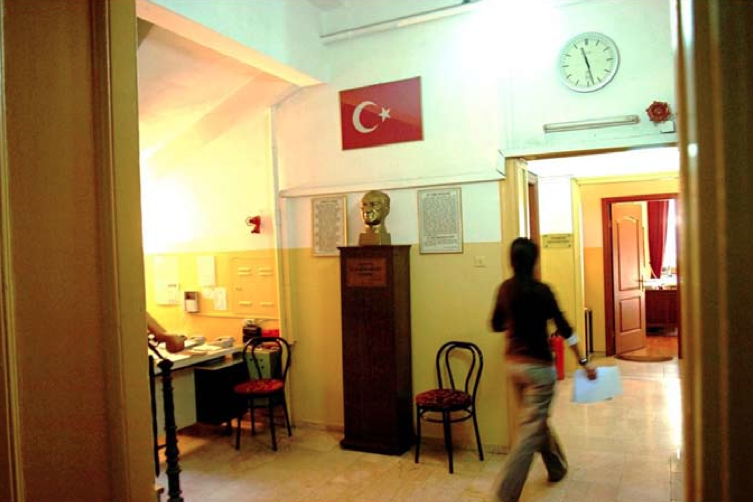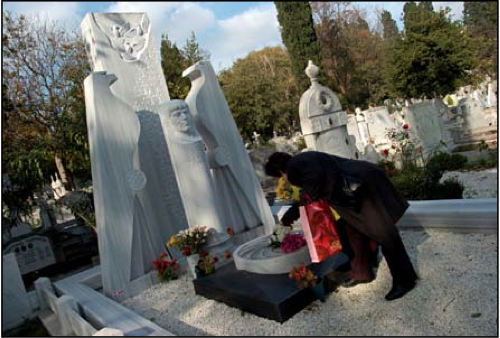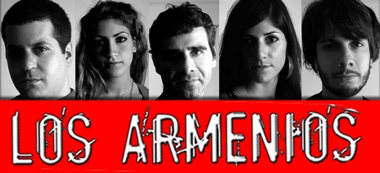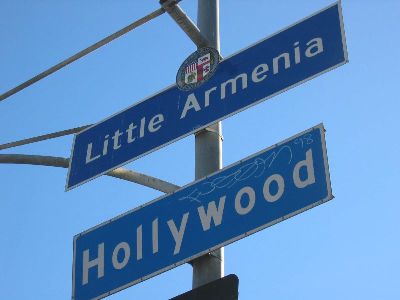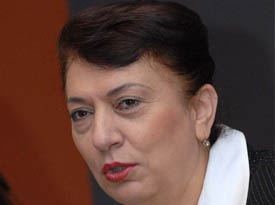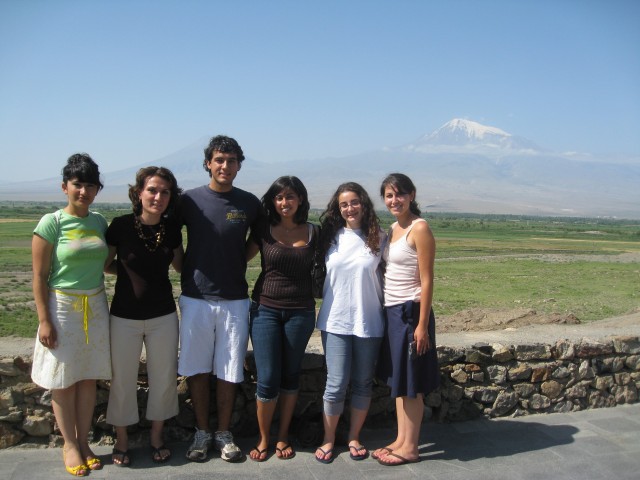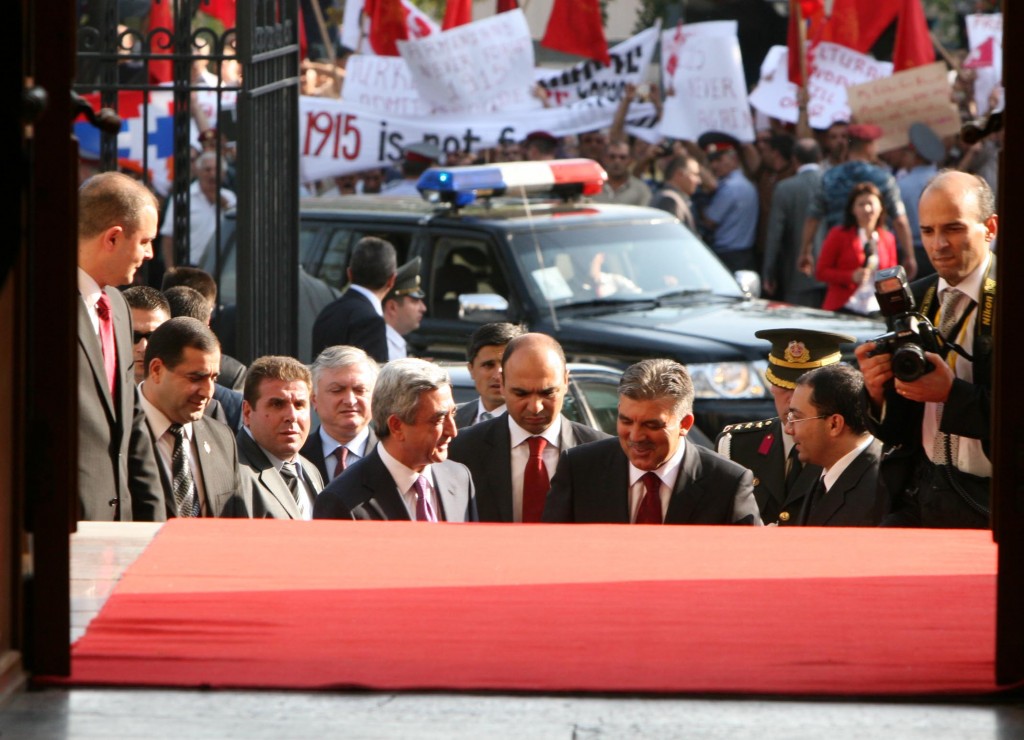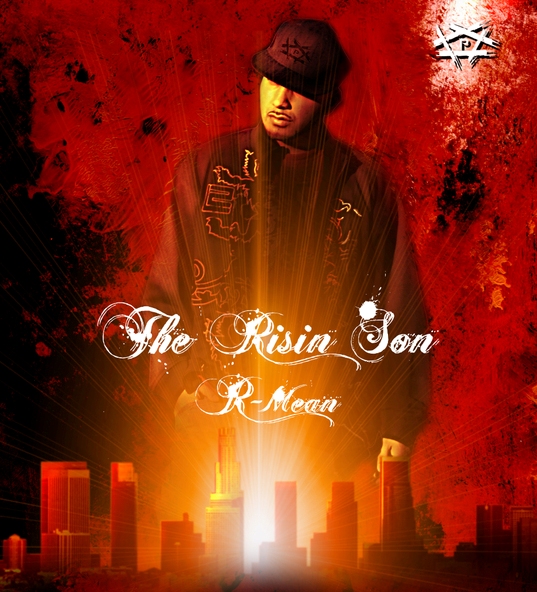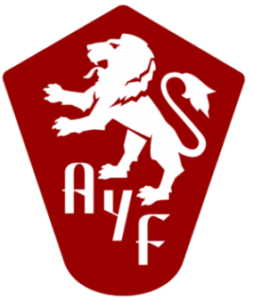Armenian Life on Hellenic Soil
The Armenian presence on Hellenic ground dates back to antiquity. In fact, many villages and areas in Greece are named after the Armenian communities that lived there in ancient times. Until 1890 though, Armenians in Greece counted less than 1000 people. They only took the character and feeling of a Diaspora after 1921-1922 due to the Asia Minor Holocaust, when close to 80,000 Armenian refugees fled the area along with 1,000,000 Greeks.
Before their mass arrival in Greece, some Armenians, particularly those who had fled the 1894-1896 massacres, managed to establish the first Armenian church in 1905. Some years later, in 1921 Dikran Chayan became the first ambassador to represent the Republic of Armenia in Greece. During that same time, from 1921 to 1923, the two countries established proper diplomatic relations, with Armenia opening up two consulates in Athens and Thessaloniki.
A Refugee Community
By 1923, Athens had 26,000 Armenians refugees, with thousands more spread throughout the rest of Greece. But the number of Armenians on Greek territory began to shrink soon after, as more and more sought asylum in other parts of the world. By the end of the 1920s, the Armenian population in all of Greece totaled only about 42,000 Armenians. In the years that followed, the number of Armenians in Greece continued to decrease as they immigrated to Argentina, Canada, and the U.S. A large portion of the community also left in 1947 during the repatriation drive to Soviet Armenia. Ever since, their number has remained more or less steady; around 18,000-20,000 people, most of them residing in Athens, Thessaloniki and northern Greece.
Community Life
The Armenian Blue Cross, with financial help from their U.S. chapter, as well as members of the community, was able to establish Armenian kindergartens, elementary schools and high-schools throughout Greece. Until the Armenian community was able to stand on its feet, those charitable organizations undertook the task of feeding, lodging, clothing and offering health services to the refugees and orphans.
These organizations also dedicated themselves to maintaining strong cohesion within the community, encouraging the teaching of the Armenian language and history, and preserving the Armenian culture and tradition. The community was built in large part through the work of Armenian schools, financial support to Greek-Armenian press, the issuing of grants and scholarships to Greek-Armenian students, the establishing of a blood-bank, the hosting of camps for poor children and adolescents, as well as through cooperation with many other Greek-Armenian foundations.
As the years passed, the community found itself less and less in need of philanthropic contributions. The economic boom of the 80s and Greece’s membership in the European Economic Community- the precursor of the European Union- enabled Greek-Armenian businesses, along with the rest of the population, to flourish. The vast majority of Armenians own businesses that can be described from successful to very successful, while many occupy themselves in administrative positions within the community and artistic professions. Only recently, have Armenians begun to seek careers in academics, entering the social sciences to study fields such as political science, history, public administration, psychology and journalism.
A Cause to Rally Behind
Prosperity offered the community the opportunity to help Armenians elsewhere; funds were allocated to face the difficulties that tormented then Soviet Armenia and still torment the Republic of Armenia. On numerous occasions throughout the 90s, the Greek-Armenian community mobilized to assist the emergent Republic of Armenia, contributing greatly to relief efforts after the 1987 earthquake.
But it wasn not until the outbreak of the Karabakh conflict that humanitarian aid to Armenia became a systematic effort adopted by the Greek Armenian community. Greece was one of the first countries to offer asylum to Armenian refugees fleeing Azeri aggression. The community mobilized itself along with the Hellenic State to address the difficulties Armenia faced during its first years of independence, mobilizing aid to combat famine, the lack of fuel resources, the stranglehold caused by the Turkish-Azeri blockade. Two kindergarten schools were also established in Nagorno-Karabakh due to donations from the Armenians of Greece.
After 2000, financial aid to Armenia also took on the character of investments in Armenia’s economy from Greek corporations. Unfortunately, such ventures are still limited due to the difficulties investors face in Armenia’s market. There have, however, been examples of successful cooperation such as the launch of a Hellenic Aid Chapter. The chapter, managed in collaboration with the Greek ANC, is responsible for collecting fruit crops and pushing them in other European countries’ markets.
Challenges
Despite these accomplishments, the community finds itself facing some serious challenges. Years of prosperity have created an environment of political and cultural apathy among the community’s younger generation. A very serious generational gap also exists in the community. The older generation, in a sense, retired from cultural and political life after Greece recognized the Armenian Genocide in 1996. While the younger generation, born into assimilation, is largely apathetic to pan-Armenian issues outside their own community. Traditionally, the majority of the community had supported the Armenian Revolutionary Federation and thus, participated in the activities of the Greek ANC. But having grown up in a prosperous environment, the younger generation had very little incentive or encouragement to become active in Armenian issues. Although integration is very important for an ethnic community’s ability to thrive in a host country, the fact that Armenians did too well within Greek society, may eventually cost them their identity.
One could expect that residing in a more than friendly state would have led Armenians in Greece to fight harder for Armenian interests and set grander goals than simply providing humanitarian aid to Armenia in times of need. This not being the case, the outside observer is led to the conclusion that social success, as well as success in the genocide recognition issue, may have given reason for the community to rest on its laurels.
Even though political parties have expressed their support on Greek-Cypriot issues and have urged the Hellenic state to act in the case of Karabakh, there has not been much done other than verbal expression. Cooperation between the community and the Greek government in common areas of interest is nonexistent, while representation of Armenians in the Greek Parliament has been limited to one single occasion, once when Kevork Papazian was elected to the Parliament for the 1920-1924 session.
When observing the community one is presented with an image of older members idly watching the course of events, void of ideas that will rejuvenate the political will and movement of a younger generation. Despite the existence of an Armenian Youth Federation chapter, Greek-Armenian youth seems to mobilize itself only once a year in the month of April, with the organized events receiving minimal media coverage and the attendance of people decreasing each year.
It was only 20 years ago that the Greek-Armenian community presented a more vivid and militant image of Armenian activism, now the political element is steadily wearing off.
The community seems to be active only through holding cultural events; the quantity of cultural, athletic and educational associations shows the great tendency and talent of the community towards the arts and letters.
Each year, many dance, music and theater performances are held, usually organized by the Hamazkayin Association, while the Homenetmen Association has a soccer, basketball and volleyball team under its wings along with the Armenian Boy Scouts. In addition to that, the charity foundations mentioned above organize bazaars and camps, where children and youngsters from Armenia participate in cultural activities.
Since 2001, there has been an exchange of cultural groups between Greece and Armenia through the Sister Cities Association. The Halandri municipality in the greater Athens area is now sister-cities with Noyemberian. Through this relationship, the aforementioned municipality has been able to offer assistance for the renovation of Noyemberian’s main square, the set-up of a public computer and web classroom and the reconstruction of public streets. On a similar base, the Nea Smyrni municipality donated medical machinery and street-cleaning vehicles to Sissian while the city of Korinthos is now connected to Vanatsor.
Thanks to cultural events, the few Armenian schools left in Greece and the existence of two newspapers and a periodical, the majority of Greek-Armenians are still able to speak their mother language. Unfortunately, the importance of the written language has also been neglected by a large part of the community and gradually fewer and fewer people know how to write in Armenian.
Another matter of concern is the influx of economic immigrants from Armenia in the past years; their numbers are estimated around 20,000 people. That means that they count almost the same as the traditional diaspora in Greece, even though they find themselves in a significantly worse position. Most of them do not speak Greek and have a hard time integrating into Greek society. However, the community has exerted much effort to helping them in any way possible, offering work positions and providing for their education. It is of great interest whether newly arrived Armenians will trigger the inactive and indifferent community to take action in a more meaningful way, thus ensuring, for the new generation of Greek-Armenians, a more sustainable community.
Will the community be able to preserve its Armenian element in 20 years from now? Chances are gloomy. Being an active and informed citizen within one’s community is no easy task. It takes time, effort, knowledge and passion. And if there is no passion, then the community is bound to lose its character and motivation. The only solution would be for the younger generation to wake up, realize the favorable position in which it has evolved all these years and take advantage of it to pursue Armenian interests more effectively.
Unfortunately, the Greek-Armenian community has failed to do that partially because it did not entrust its organization and management to professionals. That is Armenians with a background in history, politics and the social sciences–people who would make the pursuit of Greek-Armenian interests a profession and not a once-a-week activity by people passionate, but nevertheless unable to thoroughly occupy themselves with the needs of the community and the Armenian state.
The community, as it grew, became too comfortable and did not make use of its prosperity the way it should have. It has also shown stubbornness in changing its ways when the need for evolution was evident. One can only hope that the new generation of Armenian scientists and students will aspire to bring about a much needed change.

